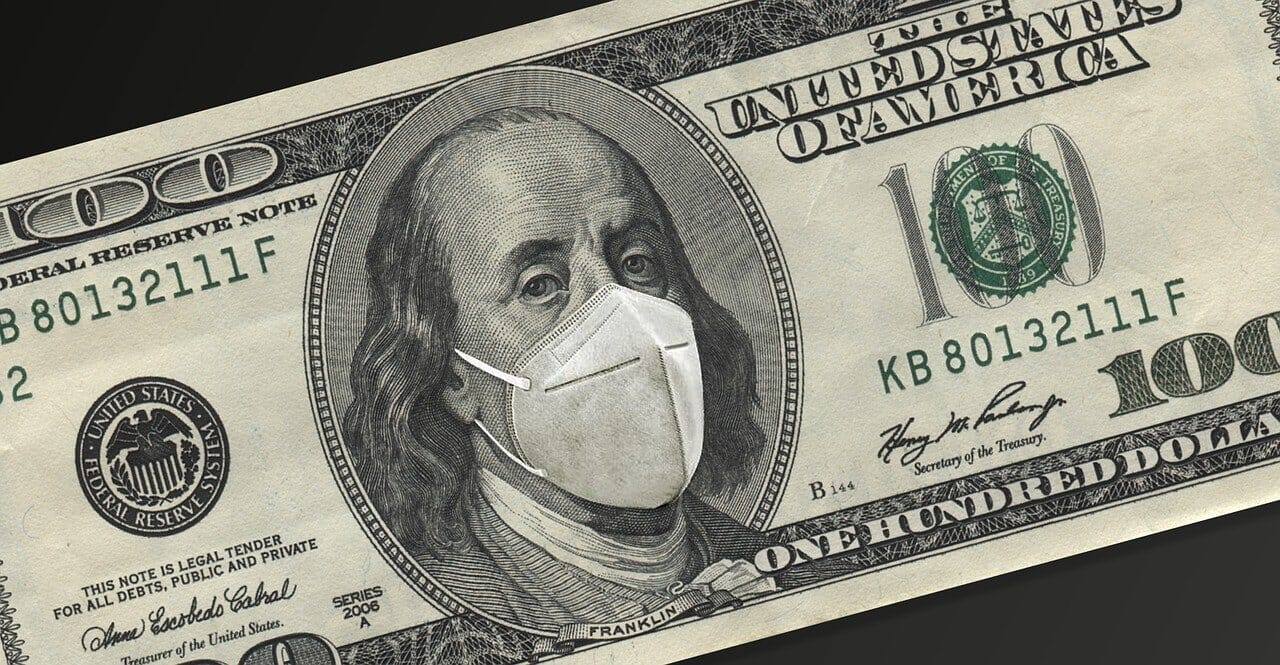
Study Reveals It’s Too Soon to Lift Mask Mandates in U.S. Elementary Schools
Mask mandates are being lifted across the country as the symptoms of COVID-19 has slowly become less threatening. However, a new study from Harvard and Massachusetts General Hospital warns that it is still too soon to drop the strict mask guidelines in elementary schools across the country.

Scientists from the Harvard T.H. Chan School of Public Health and Massachusetts General Hospital report ending mask policies now would put school staff, students, and parents at increased risk of COVID-19 infection. The study shows that COVID infection rates across the US need to be much lower before elementary schools should consider lifting mask mandates.
It is critical that communities have a conversation about their goals for in-school mitigation measures,” explains senior study author Andrea Ciaranello, MD, an investigator in the department of Infectious Diseases at Massachusetts General Hospital. “Do they want to prevent all in-school transmissions? Or do they want to keep the number of cases among students, staff, and families low enough that no one is likely to be hospitalized? Or do they want to minimize absences due to isolation and quarantine so students could take advantage of in-person learning, a goal which also requires keeping overall cases low? These are all valid goals, and once they are clearly articulated, we can use a systematic, mathematical approach to estimate the level of mitigation needed to meet them.
Where Does the Infection Rate Need to Be?

Before ending the mask mandates in US elementary schools, local COVID-19 case rates should be far below the current rates to minimize the risk of increased transmission among students, staff, and families. According to the National Center for Education Statistics, around 37 million students attend elementary schools in the whole country. But there is currently little information to help school policy makers to decide when to lift mask mandates and if necessary, when to reinstate them. The researchers used model-based simulations to quantify how changes in mitigation measures like wearing masks might impact COVID-19 transmission among students, teachers, staff, and their families. The study results indicated that the appropriate numbers for lifting and instituting mitigations vary widely based on the goals that school policy makers want to achieve, but that in order to meet a range of reasonable goals, local case rates will generally need to be far below those seen during the current wave of the pandemic before lifting mask mandates.
For example, in an elementary school in which 25% of students and 70% of teachers are vaccinated, the study found that policy makers should only lift mask mandates when the local COVID-19 case rate is below 14 cases per 100,000 per day, if the aim is to limit the number of additional cases to less than 10 per month. If vaccination coverage increased to 90% among both students and teachers, policy makers could lift mask mandates when the local case rate was higher than 50 cases per 100,000 per day and still achieve the same goal. The study authors found that several factors could change these case rate cutoffs. In general, increasing vaccination rates or instituting weekly screening would allow schools to lift mask mandates even when there are higher rates of community transmission.
Although the study focused on the Delta variant, lead author John Giardina noted that the decision framework will still be useful to school policy makers dealing with other COVID-19 variants. “This study emphasizes that it is important for schools to set clear objectives for what they want to achieve from their policies around masks and other mitigation measures,” said Giardina, a PhD candidate in health policy in the Center for Health Decision Science at Harvard Chan School. “Having data-driven metrics about when we want to take off masks or add them back on can help clarify the decision-making process, and make sure policy decisions both align with the goals of a community and are responsive to the ever-shifting dynamics of this pandemic.”
What About New Variants?

The researchers have also noted that a number of additional factors can influence these calculations, such as vaccination rates and whether or not a school implements regular COVID testing on-site. This study focused on the Delta variant, but study authors are confident their will apply to other variants as well.
The Importance of Wearing Masks

Scientists generally agree that, according to the research literature, wearing masks can help protect people from the coronavirus. However, despite this conclusion, there is still a debate over child masking in schools. The approval in late October of COVID-19 vaccines for 5-to-11-year-olds was for many school policy makers an indication that mask mandates may finally be lifted. Yet with cases on the rise in much of the country, along with anxiety regarding the Omicron variant, scientists have warned that plans to pull back on mask mandates should be put on hold.

Leave a comment